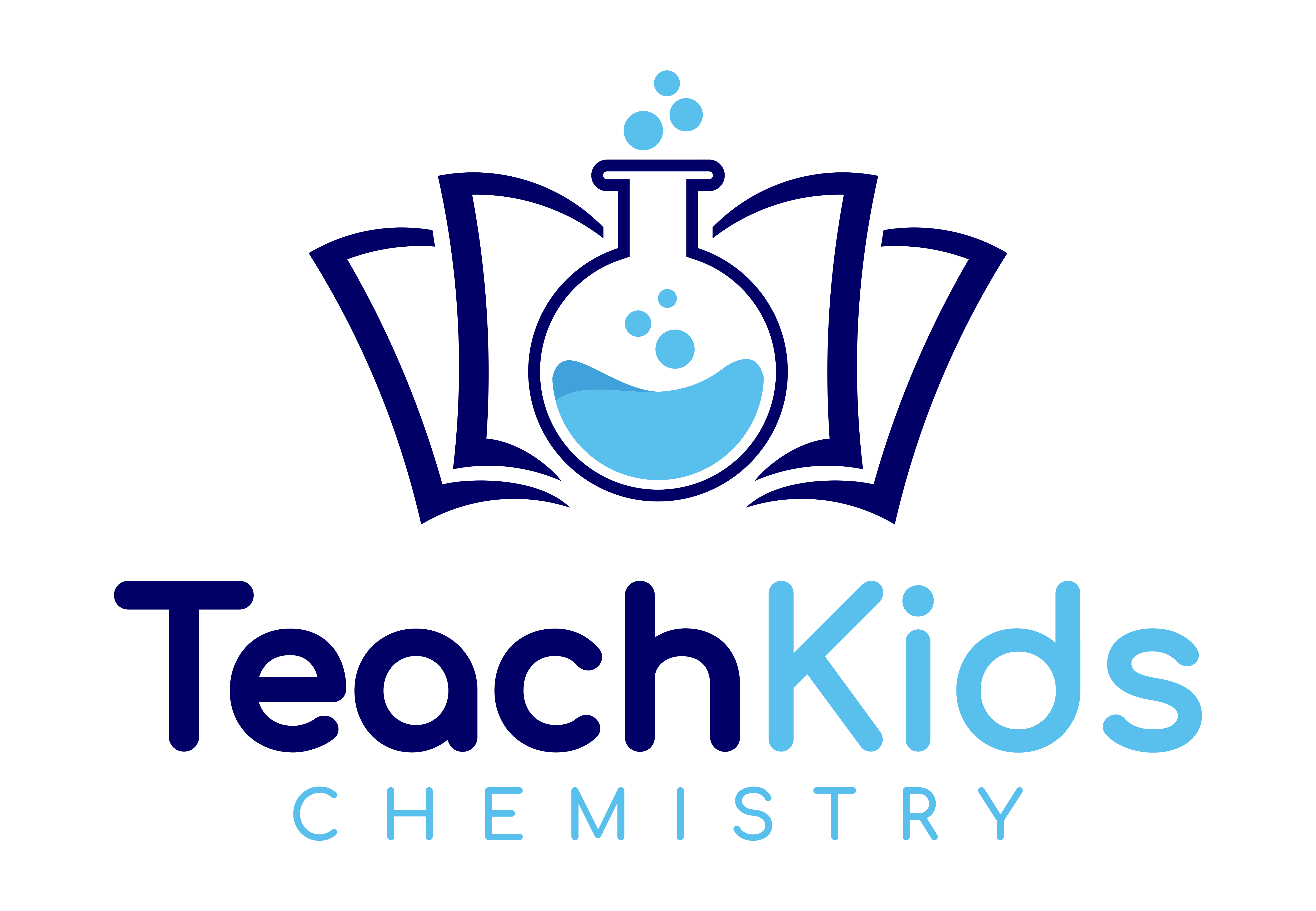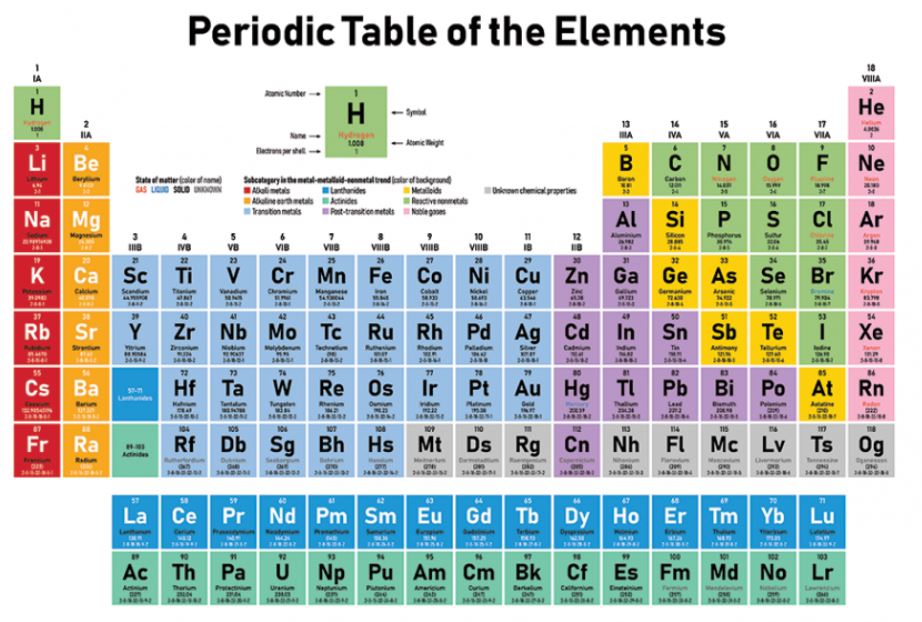Hello and welcome to Teach Kids Chemistry! Today, we will be exploring the fascinating element known as gallium. Gallium is a unique metal that has some very interesting properties. It has a low melting point, which means it can melt in your hand! It also has a very high boiling point, making it useful in high-temperature applications. Join us as we dive into the world of gallium and discover its many uses and properties.
The Periodic Element Gallium Overview
Gallium is a chemical element with the symbol Ga and atomic number 31. It is a soft, silvery-white metal that is found in small amounts in bauxite and zinc ores. Gallium has an atomic mass of 69.72 and is located in period 4 and group 13 of the periodic table. It has 31 protons, 31 electrons, and 39 neutrons. Gallium is a metal and has a melting point of 29.76°C and a boiling point of 2204°C. Its density is 5.91 g/cm³ and it is in the solid phase at room temperature.Gallium has an electronegativity of 1.81 and a specific heat capacity of 0.371 J/g·K. It is a unique element because it has a low melting point and can melt in your hand due to the heat from your body. Gallium is used in a variety of applications including semiconductors, LEDs, and as a component in alloys. It is also used in medical imaging and as a treatment for certain types of cancer. Overall, gallium is an interesting and useful element that has many important applications in modern technology.
Everyday objects that contain the periodic element gallium?
There are many everyday objects that contain chemicals or compounds that can be used to teach chemistry concepts. For example, baking soda and vinegar can be used to demonstrate chemical reactions and the production of carbon dioxide gas. Salt and sugar can be used to teach about solubility and the properties of solutions. Water can be used to teach about the properties of liquids and the concept of polarity. Additionally, household cleaning products such as bleach and ammonia can be used to teach about chemical reactions and the importance of safety when handling chemicals. By using everyday objects, students can better understand the relevance of chemistry in their daily lives.
Differences in the periodic element gallium across states of matter
The state of an element can vary greatly depending on its temperature and pressure. At standard temperature and pressure (STP), most elements are either solids or gases. Solids have a fixed shape and volume, while gases have neither. As temperature and pressure increase, some solids can become liquids, which have a fixed volume but take the shape of their container. As temperature and pressure continue to increase, some liquids can become gases, which have neither a fixed shape nor volume. At extremely high temperatures and pressures, some gases can become plasmas, which are highly ionized and conductive. Plasmas are often found in stars and lightning bolts, and have unique properties such as the ability to emit light.
Is the periodic element gallium dangerous or radioactive?
No, gallium is not dangerous or radioactive. It is a soft, silvery metal that is not toxic to humans or animals. In fact, it is commonly used in medical and dental applications, such as in X-ray machines and as a contrast agent for MRI scans. Gallium is also used in the production of semiconductors and LEDs, as well as in the manufacture of mirrors and other reflective surfaces. While it is not a commonly known element, it is a safe and useful material in many industries.
Is the periodic element gallium rare and expensive?
Gallium is not considered a rare element, as it is found in small amounts in various minerals and ores. However, it is not commonly found in its pure form in nature and is typically extracted from bauxite and zinc ores. While it is not as expensive as some other rare elements, it is still relatively costly due to the difficulty in extracting and refining it. Nonetheless, it is widely used in various industries, including electronics, aerospace, and medical technology, due to its unique properties and versatility.
Learn about all the elements with a periodic table!

